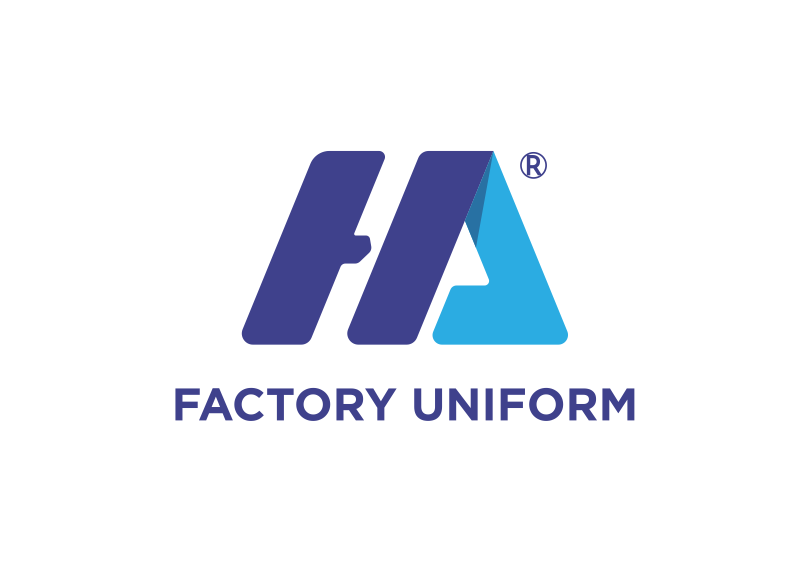No products in the cart.
Company uniform regulations and things to know
Company uniforms are not only a common outfit for employees, but also a symbol representing the professionalism and prestige of the business. Therefore, buildingcompany uniform regulationsis very important to ensure consistency and uniformity in the costumes of all employees. This article will help you better understandthe company uniform regulationsand things to keep in mind when applying and managing them.
The role and meaning of company uniforms
Company uniforms are not just a simple outfit, but also play an important role in expressing the face of the business. A careful and professional uniform will create a good impression on customers, contributing to building trust and prestige for the company’s brand. In addition, uniforms also help create uniformity and professionalism in the attire of all employees, increasing unity and uniformity for the business.
Factors to consider when developing uniform regulations
Before writing company uniform regulations , businesses need to consider the following factors to ensure effectiveness and convenience:
1. Color and style
The color and style of the uniform should be clearly defined and consistent throughout the company. If the company has a logo or emblem, it should be used as a highlight for the uniform. The choice of color also needs to be carefully considered to suit the industry or working environment of the company.
For example, if the company is in the healthcare industry, you might choose green or white to create a fresh and friendly feeling. Meanwhile, if the company is in the business industry, you might choose blue or black to create a professional and trustworthy feeling.
2. Material and durability
Company uniforms need to be made from quality and durable materials to ensure uniformity and demonstrate the professionalism of the business. You should choose durable fabrics such as cotton, polyester or linen to ensure the aesthetics and durability of the uniform. In addition, you should also carefully research the durability of the fabrics before deciding to produce company uniforms.
3. Quantity and size
It is also important to specify the number and size of uniforms to ensure consistency and cost savings for the business. It is necessary to clearly identify the number of employees in the company to produce the right number of uniforms needed. At the same time, it is also necessary to ask employees to provide their sizes so that uniforms can be produced to suit each person.
Main content of company uniform regulations
Company uniform regulations should include the following information:
1. Applicable objects
The scope of the uniform policy should be clearly defined, including which positions and departments within the company are required to wear uniforms. In addition, it should be clear which cases are exempt from wearing uniforms, such as when going on business trips or attending events outside the company.
2. Purpose and meaning of uniforms
The purpose and meaning of wearing uniforms in the company should be clearly presented. This is the basis for employees to understand and accept wearing uniforms, and at the same time helps them have a sense of pride and responsibility for their outfit.
3. Detailed description of the uniform model
The regulations should clearly state the color, style and material of the company uniform. If possible, there should be illustrations so that employees can visualize before production. At the same time, the requirements for wearing the uniform should also be clearly stated, such as buttoning, sleeve lining, etc.
4. Regulation content
The regulations should clearly state the conditions and rules for wearing uniforms in the company, including:
- Time to wear uniform: Weekdays, or only during working hours,…
- Face plate requirements: Face plate must always be kept clean, not torn or soiled.
- Accessory requirements: Accessories such as jackets or helmets must also comply with company regulations.
5. Exceptions
Exceptions to the uniform policy should be made, such as what employees must do if their uniform is damaged or stained to be able to continue working for the day.
6. Penalties for violating regulations
If an employee violates the uniform policy, it is necessary to clearly state the applicable penalties such as fines, written reports, or handling according to company regulations.
How to effectively implement and manage uniform regulations
To effectively regulate uniforms, businesses need to adhere to the following principles:
1. Transparency and fairness
It is important to ensure fairness and transparency in the application of uniform regulations to all employees. If there are employees who do not meet the uniform requirements, there should be solutions other than simply imposing penalties.
2. Adjust to reality
Uniform regulations need to be adjusted and updated according to the actual situation of the company. If there are any changes in the company’s design or policy, there needs to be adjustments in the regulations to ensure consistency and effectiveness.
3. Update new uniforms
It is advisable to update the uniform after a certain period of time to increase aesthetics and motivation for employees. At the same time, it is also advisable to allow for input from employees to have consensus and agreement in wearing uniforms.
Notes on using and preserving uniforms
To ensure the sustainability and uniformity of company uniforms, the following should be noted:
- Use uniform care products such as detergent, soap, etc. to ensure uniformity and avoid fading.
- Do not wash uniforms with other brightly colored clothes.
- Wash uniforms according to instructions and let dry naturally.
- Avoid ironing uniforms directly on the fabric surface. Use a different ironing pad to avoid scratching or burning the fabric.
Conclude
Company uniform regulations are an important factor in building the brand and integrity of the business. Therefore, it is necessary to pay attention to factors such as color, style, quantity and size when building and applying uniform regulations. At the same time, uniform management and preservation are also very important to maintain the uniformity and sustainability of company uniforms. Hopefully, this article will help you have an overview of company uniform regulations and how to apply them effectively for your business.

Jammy Cao Nguyễn
Jammy Cao Nguyen is a Marketing and product development expert in the export uniform sewing industry, currently a Marketing and R&D strategy consultant at May Hai Anh.













